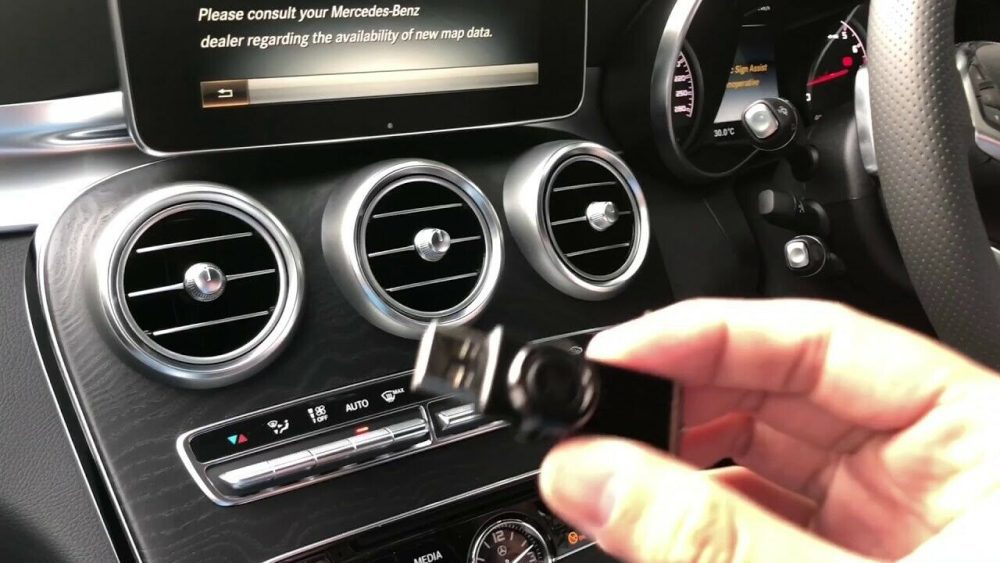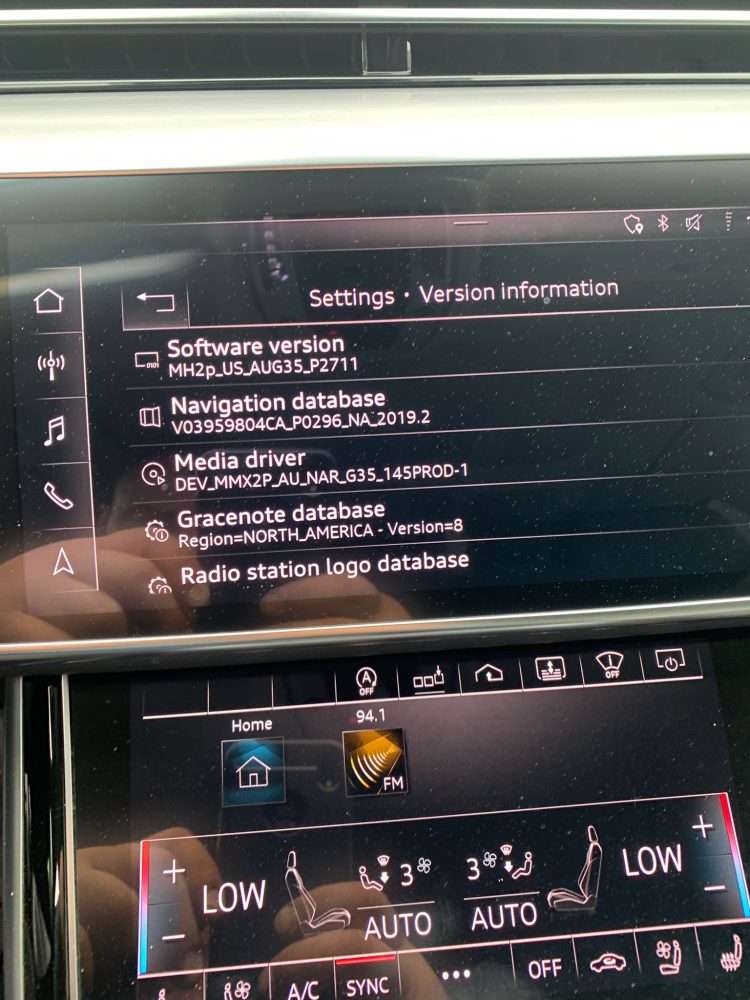Among Cat5e、Cat6、Cat6 and Cat7, which is better? We are living in Digital Information Age, almost everyone needs to get access the Internet, and there are networks and network cables installed almost everywhere, but you may not know that there are different network cables categories while they look the same. To help you choose the right one, here we introduce and compare the Cat5e、Cat6、Cat6 and Cat7 for you. 1. Overview of network cables Network cable is also known as network jumper and twisted pair. It is usually used with RJ45 connector. It is widely used in LAN because of its cheap price, and network cable is the most common transmission medium in integrated wiring. 2. Cat5e network cable VS Cat6 network cable Cat5e and Cat6 cables work the same, and have the same type of RJ-45 plug. They plug into any Ethernet jack on a computer, router, or other similar device. Although they have many similarities, they have some differences as shown in the table below:
| Features/Classification | Cat5e | Cat6 |
| transfer speed | 1000Mbps | 10Gbps(distance 37-55m) |
| frequency bandwidth | 100MHz | 250MHz |
| Transmission distance | 100m | 100m、55m(10GBASE-T应用) |
| AWG | 24-26AWG | 22-24AWG |
| performance | Interference/crosstalk order: Cat6 cable | Low Return Loss and Insertion Loss |
It can be seen from the table that the Cat5e network cable is used in Gigabit Ethernet, the transmission distance can reach 100m, and the transmission speed can support 1000Mbps. Cat6 cable can provide up to 10Gbps transmission speed in 250MHz bandwidth. The transmission distance of Cat5e and Cat6 cable is 100m, but when using 10GBASE-T, the transmission distance of Cat6 network cable can reach up to 55m. The main difference is the transmission performance. Cat6 cable has an internal splitter to reduce interference or near-end crosstalk (NEXT), it also improves far-end crosstalk (ELFEXT) compared to Cat5e cable, and has lower return loss and insertion loss, so Cat6 Network cables perform better.  3. Cat6 VS Cat6a VS Cat7 network cable
3. Cat6 VS Cat6a VS Cat7 network cable
| Features/Classification | Cat6 | Cat6a | Cat7 |
| transfer speed | 10Gbps(distance 37-55m) | 10Gbps(distance 100m) | 10Gbps(distance 100m) |
| Connector type | RJ45 | RJ45 | GG45 |
| frequency bandwidth | 250MHz | 500MHz | 600MHz |
| crosstalk | Cat6>Cat6a | Cat6>Cat6a>Cat7 | minimal crosstalk |
| standard | TIA/EIA | TIA/EIA | Not approved |
| best application | home network | home network | Multiple applications or enterprise networks |
From above, the Cat6 network cable supports a transmission speed of up to 10G and a frequency bandwidth of up to 250MHz, while the Cat6a can support a frequency bandwidth of up to 500MHz, which is twice that of the Cat6 network cable. Cat7 network cable supports up to 600MHz frequency bandwidth, and also supports 10GBASE-T Ethernet. In addition, compared with Cat6 network cable and Cat6a network cable, Cat7 network cable greatly reduces crosstalk noise. Cat5e, Cat6, and Cat6a have RJ45 connectors in the other side. Cat7’s connectors are special, it’s called GigaGate45 (CG45). Currently, Cat6 network cables and Cat6a network cables have been approved by the TIA/EIA standard, but Cat7 network cables have not got approved yet. Yeahui factory manufacture all kinds of network cable, especially M12 A code to RJ45 CABLE, M12 X code to RJ45 CABLE . Contact our sales representative now for details! 












